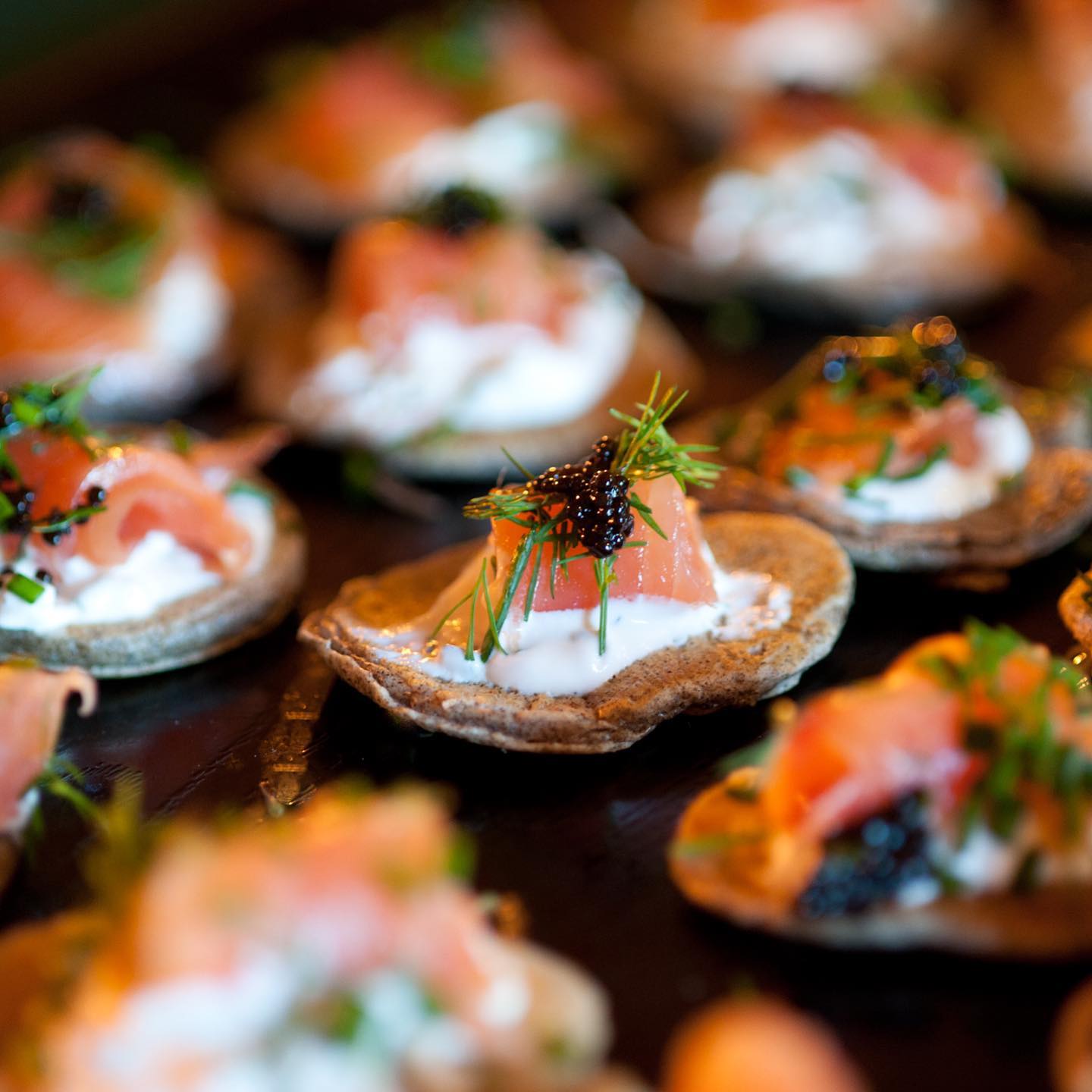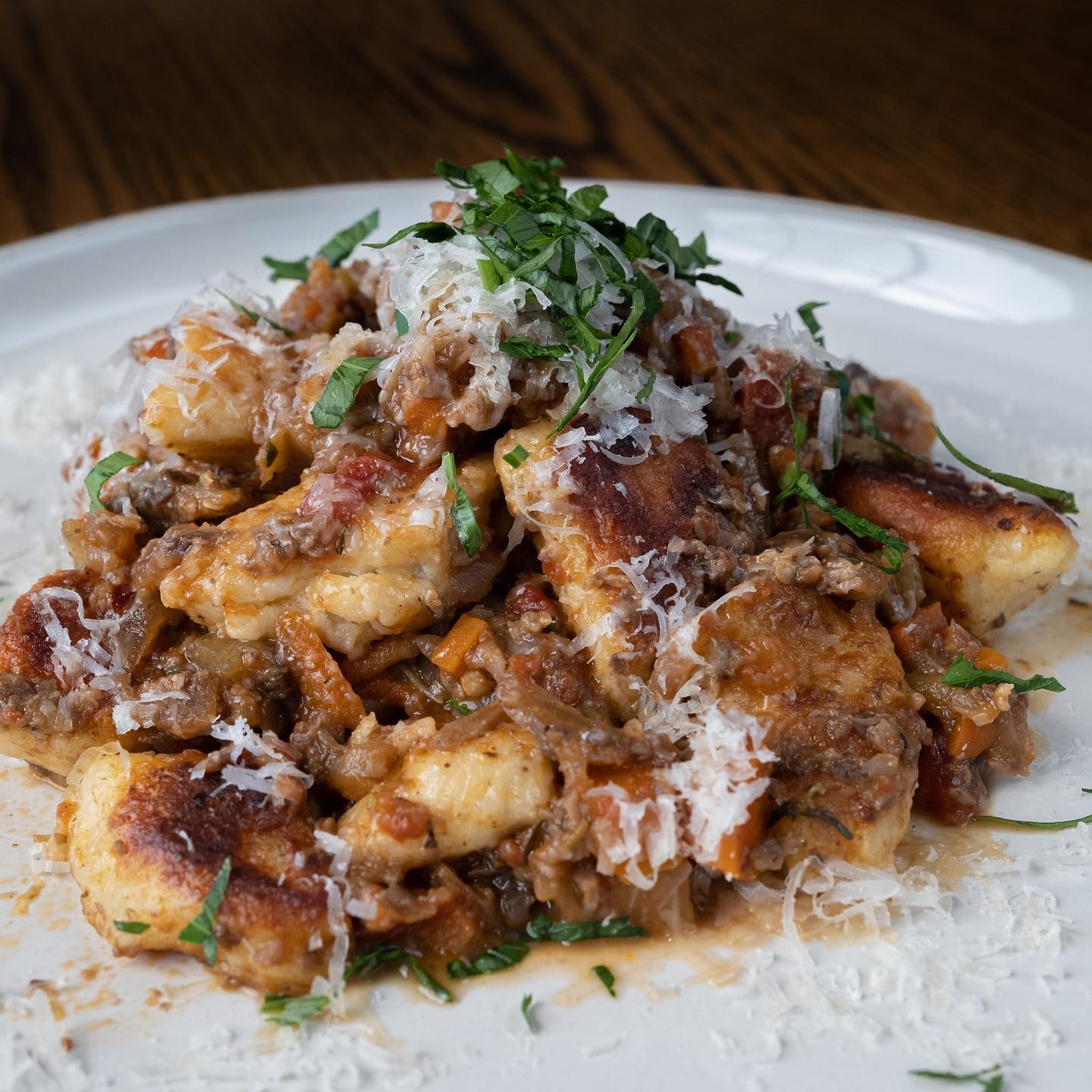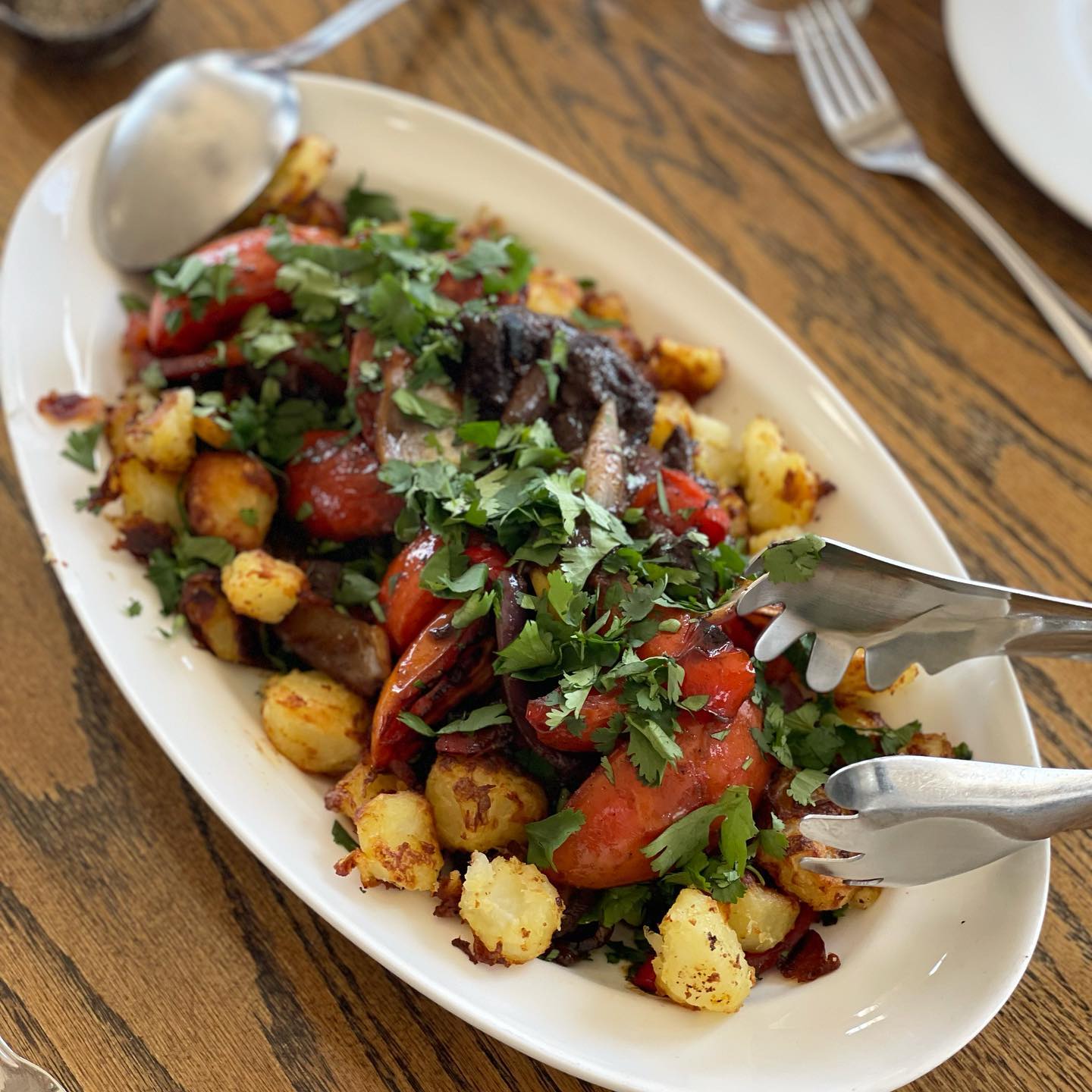Ingredients
For the Dough
3 cups 00 pizza flour
1 ½ tsp kosher salt
2 tsp dry active yeast
1 tsp honey
3 Tbsp Extra virgin olive oil
1 cup luke warm water
Flour and semolina for dusting
For the Toppings
½ pound lardons
1 cup fresh thyme, chopped
2 cups nicoise olives, diced
3 medium onions, sliced
Extra virgin olive oil for sautéing
Fleur de Sel for finishing
*Seasonal ingredients as desired
For the Fromage Spread
3 cups fromage blanc
3 Tbsp thyme
Pinch of ground nutmeg
Fresh cracked black pepper
Salt
Special Equipment
Rolling pins
Pizza Peels
Pizza Wheels
Metal bench scraper
Pizza stone or sheet pans
Platter for service
Tongs for service
Instructions
For the Dough
Combine the yeast and water in a small bowl. Let sit for 3 minutes then add room temperature honey. Add the olive oil, flour and salt. Mix to form a dough. Remove from bowl and knead on a clean work surface for ten minutes. Cover with a warm, damp towel and rest for one hour in a warm and humid part of the kitchen to allow dough to rise.
Punch down dough and transfer to a lightly floured surface. Cut into 3 even sized pieces. Roll into balls and pinch the seams to seal and place the seam side down. Cover with a damp cloth and let rest for 40 minutes before rolling out.
For the Toppings
On medium heat place 2 tablespoons extra virgin olive oil in a sauté pan and let it get hot. Add lardons and cook until fat has rendered and pork is slightly crisp.
In another pan place 2 tablespoons extra virgin olive oil and heat on low heat. Stirring occasionally to keep onions from burning continue cooking until onions are caramelized or golden brown.
For the Fromage Spread
Combine all ingredients together and season to taste.
To Build
Roll out dough into thin disc’s and spread with the fromage mixture. Top with onions, thyme, olives and lardon – fortify with seasonal ingredients as desired.
Put tart on a pizza stone sprinkled with semolina or corn meal (or used an inverted sheet pan if you do not have a pizza stone.) Bake until crispy and slightly charred on the edges at the highest temperature possible (500-600 degrees).
[print-button target=’div#print’]









